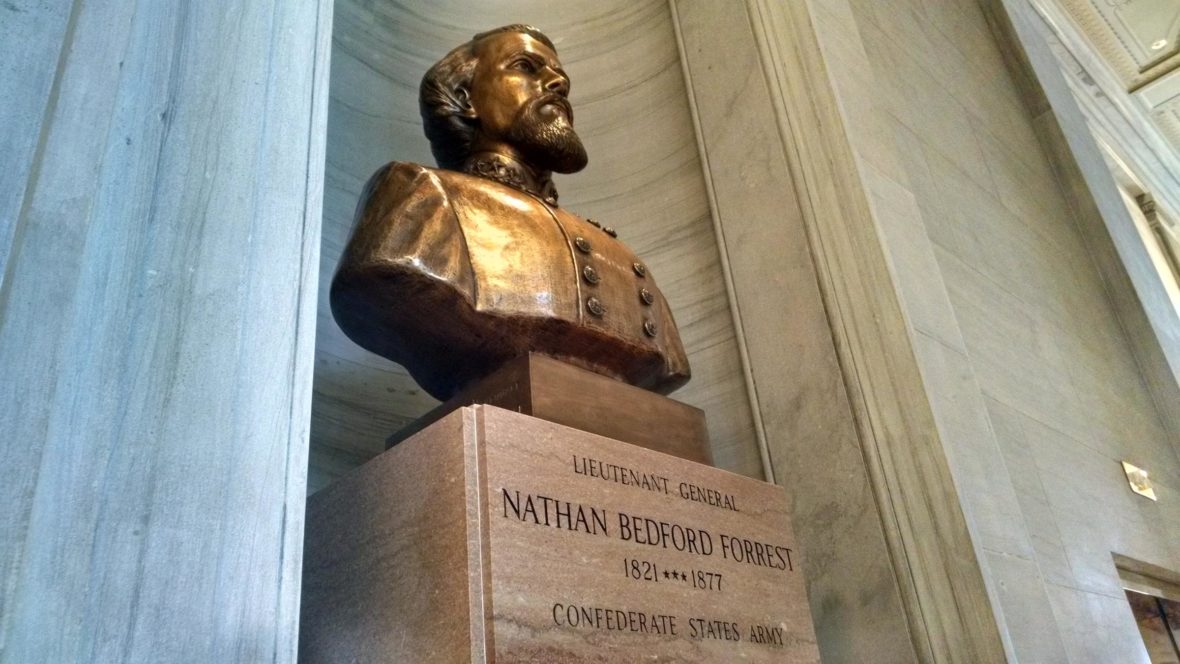Nathan Bedford Forrest was a cotton farmer, slave owner, slave trader, Confederate Army general during the American Civil War, first leader of the Ku Klux Klan, and president of the Selma, Marion and Memphis Railroad. Take a look below for 30 more bizarre and interesting facts about Nathan Bedford Forrest.
1. Prior to the outbreak of the war, Forrest amassed substantial wealth as a cotton planter, horse and cattle trader, real estate broker, and slave trader.
2. In June 1861, Forrest enlisted in the Confederate Army.
3. He was one of the few officers on either side during the war to enlist as a private and be promoted to general officer and corps commander without any military education or training.
4. An expert cavalry leader, Forrest eventually was given command of a corps and established new doctrines for mobile forces, earning the nickname “The Wizard of the Saddle.”
5. His methods subsequently influenced many future generations of military strategists, although the Confederate high command failed to fully utilize his talents until it was too late to win the war.
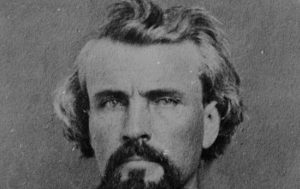
6. Forrest’s cavalry captured more Union guns, horses, and supplies than any other single Confederate unit.
7. Forrest proved to be a belligerent nemesis for both Union Generals Ulysses S. Grant and William T. Sherman.
8. He played pivotal roles at Fort Donelson, Shiloh, the capture of Murfreesboro, the pursuit and capture of Colonel Abel Streight’s Raiders, Brice’s Crossroads and the Nashville Campaign.
9. Forrest’s raids in Western Tennessee in 1862 hampered implementation of Grant’s notorious antisemitic General Order #11.
10. In April 1864, in what has been called “one of the bleakest, saddest events of American military history,” troops under Forrest’s command massacred Union troops who had surrendered, most of them black soldiers, along with some white Southern Tennesseans fighting for the Union, at the Battle of Fort Pillow.
11. Vilified in the North as a war criminal, Forrest was blamed for the massacre in the Union press, and the news of it strengthened Northern morale.
12. In June, Forrest achieved a notable victory at Brice’s Crossroads, but was followed by a Confederate defeat at Tupelo, in July, where he was wounded in battle.
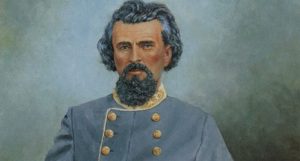
13. Forrest was in chief command of the cavalry during the Nashville Campaign.
14. In February 1865, Forrest was promoted to Lieutenant General.
15. In May 1865, Forrest surrendered at Selma, was paroled, and he returned to his cotton plantations.
16. During Reconstruction, Forrest’s citizenship rights were restored with the pardon he received from President Andrew Johnson on July 17, 1868, but he never could escape the label of Butcher of Fort Pillow.
17. Forrest joined the Ku Klux Klan, in 1867, two years after its founding, and was elected its first Grand Wizard.
18. While Forrest was a leader, the Klan, during the Election of 1868, suppressed voting rights of blacks and Republicans in the South through violence and intimidation.
19. In 1869, Forrest became disillusioned with the lack of discipline among the various white supremacist groups across the South, ordered the dissolution of the Ku Klux Klan and its costumes to be destroyed, and withdrew from the organization.
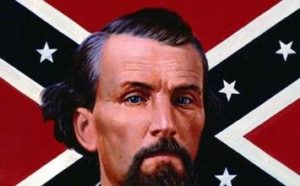
20. In the last years of his life, Forrest publicly denounced the violence and racism practiced by the Klan, insisted that he had never been a member, and made repeated public speeches in favor of racial harmony.
21. As an effort of reconciliation, during a meeting with African Americans in 1875, Forrest accepted flowers from a black woman, a gesture that led to his being denounced by some of his former comrades in the Confederate Army.
22. Although scholars admire Forrest as a military strategist, he has remained a highly controversial figure in Southern history, especially for his role in the attack on Fort Pillow, his 1867 to 1869 leadership of the Ku Klux Klan, and his political influence as a Tennessee delegate at the 1868 Democratic National Convention.
23. Forrest was born to William Forrest and Miriam Beck in Bedford County, Tennessee.
24. He, along with his twin sister Fanny, was the eldest of the 12 children born to his parents.
25. The death of his father led young Nathan to become the head of the family.
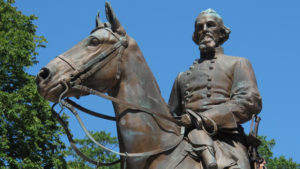
26. In 1841, he followed his uncle to start up a business in Hernando, Mississippi.
27. The death of his uncle in 1845 forced him to move further.
28. He got married to Mary Ann Montgomery, daughter of a Presbyterian minister in 1845. The couple had two children, William Montgomery Bedford Forrest and Fanny.
29. His health deteriorated greatly during the later half of his life.
30. He died in October, 1877, in Memphis of acute complications of diabetes. He was cremated at the Elmwood Cemetery.

